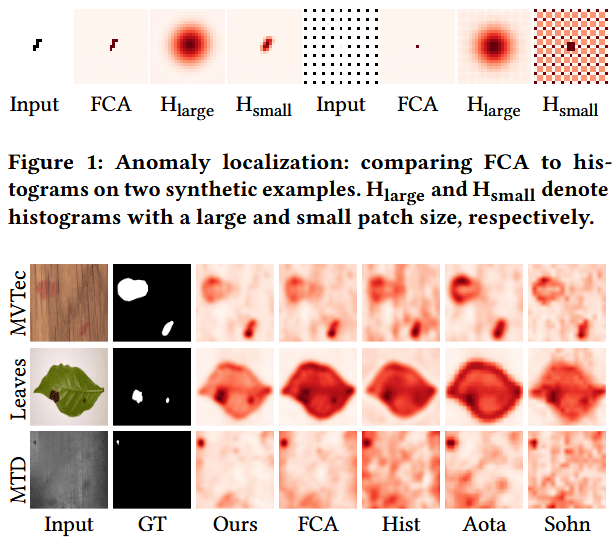Classifying Texture Anomalies at First Sight

: The problem of detecting and localizing defects in images has been tackled with various approaches, including what are now called traditional computer vision techniques, as well as machine learning. Notably, most of these efforts have been directed toward the normality-supervised setting of this problem. That is, these algorithms assume the availability of a curated set of normal images, known to not contain any anomalies. The anomaly-free images constitute reference data, used to detect anomalies in a one-class classification setting. While this kind of data is easier to acquire than anomaly-annotated images, it is still costly or difficult to obtain in-domain data for certain applications. We address the problem of anomaly detection and localization under a training-set-free paradigm and do not require any anomaly-free reference data. Concretely, we introduced a truly zero-shot method that can localize anomalies in a single image of a previously unobserved texture class. Then, we develop a mechanism to leverage additional test images, which may contain anomalies. Furthermore, we extend our analysis to also include a categorization of the anomalies in the given population through clustering. Importantly, we focus our attention on textures and texture-like images as we develop an anomaly detection method for structural defects, rather than logical anomalies. This aligns with the proposed setting, which avoids the supervisory signal generally needed for detecting logical and semantical anomalies. This poster summarizes our recent line of research on localization and classification of anomalies in real-world texture images.
